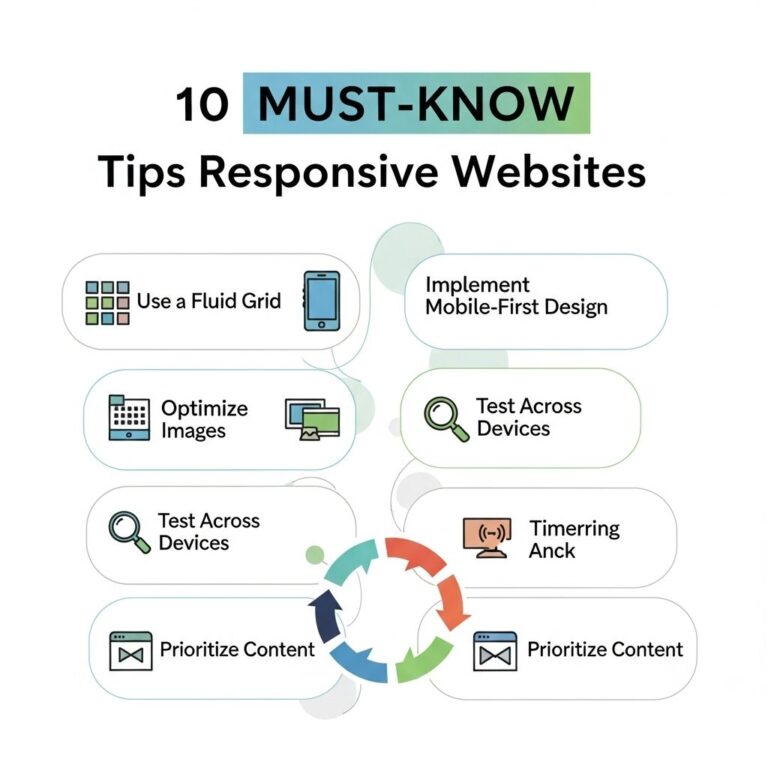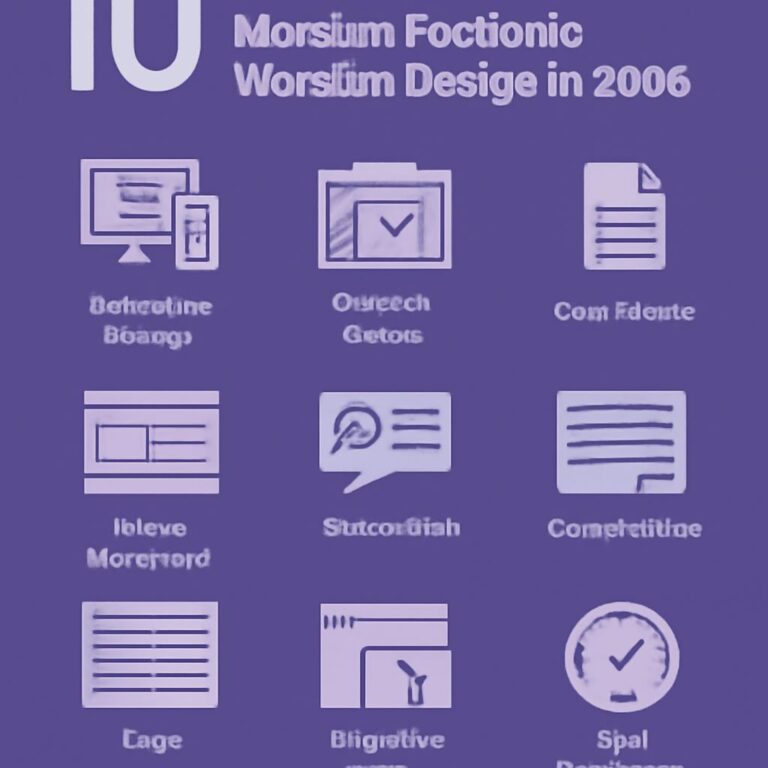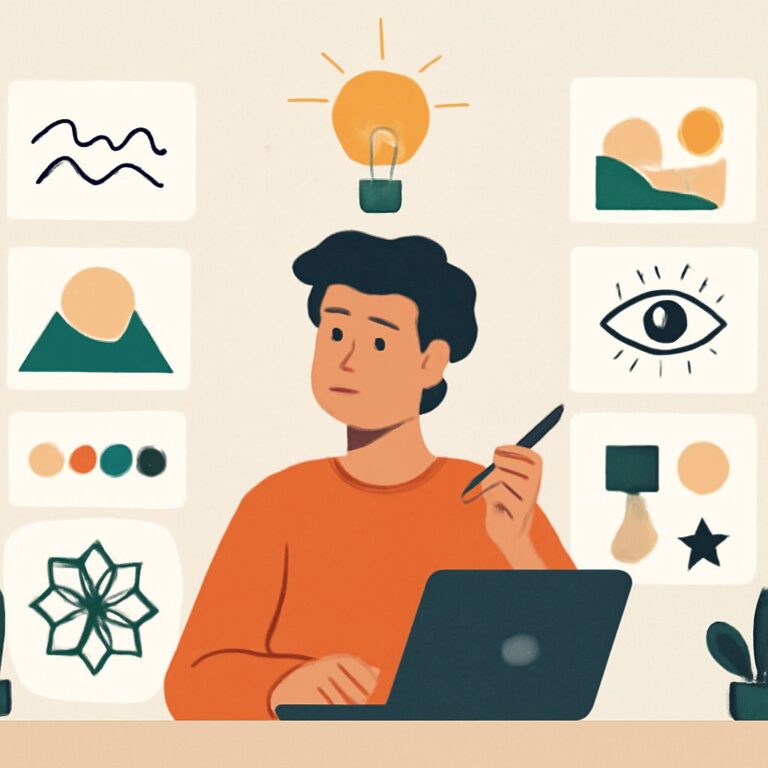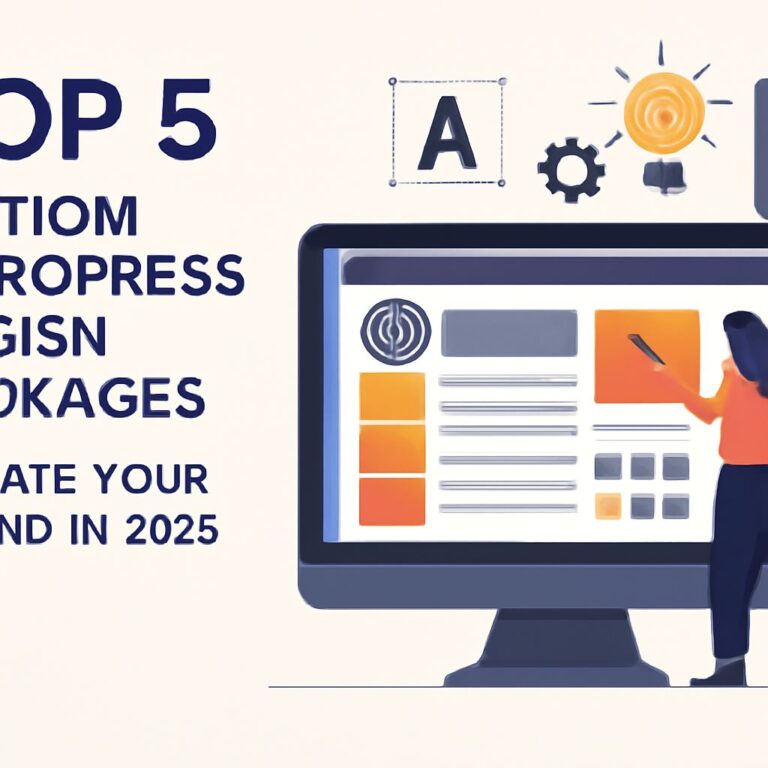As we dive deeper into the digital age, web design continues to evolve rapidly, reflecting not just technological advancements but also changing user preferences and behaviors. With 2025 on the horizon, it’s crucial for designers and developers to stay ahead of the curve and anticipate emerging trends. This article discusses five must-know web design ideas that will shape how websites are built and experienced in the near future.
Table of Contents
1. Dark Mode as a Default
Dark mode has gained immense popularity over the last few years, and it’s set to become a standard feature for web design. Offering a darker interface reduces eye strain, saves battery life on OLED screens, and enhances visual appeal. According to a survey by UX Design, over 80% of users prefer dark mode for web browsing.
Benefits of Dark Mode
- Reduced Eye Strain: Especially in low-light conditions.
- Battery Saving: Dark pixels consume less power on OLED screens.
- Enhanced Focus: Dark backgrounds allow content and visuals to pop.
2. Minimalistic User Interfaces
The trend of minimalism is not just a design choice; it’s a principle that focuses on simplicity and functionality. A minimalistic user interface (UI) eliminates distractions, allowing users to focus on the content that matters most.
Key Elements of Minimalism
- Whitespace: Creating a sense of openness and clarity.
- Limited Color Palettes: Using few colors enhances brand identity and user experience.
- Simple Navigation: Reducing menu items and categories for easy access.
Examples of Minimalistic Websites
| Website | Description |
|---|---|
| Apple | Showcases products with clean lines and ample whitespace. |
| Dropbox | Focuses on functionality with a straightforward user interface. |
| Evernote | Utilizes minimal design to enhance usability and user experience. |
3. Micro-Interactions
Micro-interactions refer to small animations or design elements that provide feedback, guide users, or enhance their overall experience on a website. They are subtle, yet powerful tools that can significantly improve user engagement.
Types of Micro-Interactions
- Button Animations: Buttons that change color or animation when hovered over.
- Loading Indicators: Animated icons that inform users a process is underway.
- Form Validation: Real-time feedback when a user fills out a form.
Best Practices for Implementing Micro-Interactions
- Keep it subtle; avoid overwhelming users.
- Ensure animations serve a purpose, guiding users through their journey.
- Test micro-interactions for performance impact on load times.
4. Voice User Interface (VUI)
With the rise of voice search and smart speakers, integrating a voice user interface into web design is becoming essential. VUI allows users to interact with websites through voice commands, offering a hands-free experience that is particularly useful on mobile devices.
Advantages of VUI
- Accessibility: Helps users with disabilities navigate websites easily.
- Speed: Voice commands can be faster than typing.
- Enhanced User Experience: Provides a new way for users to engage with content.
Implementing VUI in Web Design
To effectively integrate VUI into a website, consider the following:
- Use natural language processing (NLP) to understand user queries.
- Design feedback mechanisms so users know their commands are being processed.
- Provide alternative navigation options for users who prefer traditional methods.
5. Augmented Reality (AR) Integration
Augmented Reality is poised to transform web design by providing immersive experiences that blend the physical and digital worlds. With AR, designers can create interactive content that allows users to visualize products in their own environment.
Applications of AR in Web Design
- E-commerce: Virtual try-ons for clothing or accessories.
- Real Estate: Virtual tours of properties.
- Education: Interactive learning experiences through AR visual aids.
Considerations for AR Integration
- Ensure compatibility across various devices and browsers.
- Optimize performance to avoid lag and ensure smooth interactions.
- Provide user guides to enhance the AR experience.
As we move closer to 2025, staying updated on these web design trends will be crucial for web developers and designers. By adopting dark mode, minimalistic interfaces, micro-interactions, voice user interfaces, and augmented reality, professionals can create more engaging, user-friendly websites that cater to the evolving needs of their audience. Embracing these innovations will not only enhance user experience but also set the foundation for future technological advancements in web design.
FAQ
What are the top web design trends for 2025?
In 2025, expect to see trends like minimalistic design, immersive 3D elements, dark mode, micro-interactions, and sustainable web practices gaining prominence.
How can I make my website more user-friendly in 2025?
To enhance user-friendliness, focus on intuitive navigation, fast loading times, mobile responsiveness, and clear call-to-action buttons.
What role does AI play in web design in 2025?
AI is revolutionizing web design by enabling personalized user experiences, optimizing design processes, and providing insights through analytics.
Why is sustainability important in web design for 2025?
Sustainability is crucial as consumers increasingly prefer eco-friendly practices. Optimizing energy use and promoting green hosting can enhance your brand image.
What is the importance of mobile-first design in 2025?
With mobile usage continuing to rise, a mobile-first design approach ensures your website is accessible, functional, and engaging on smaller screens.
How can I incorporate 3D elements into my web design in 2025?
Utilize web technologies like WebGL and CSS to create interactive 3D graphics that enhance user engagement and provide a modern feel to your website.









